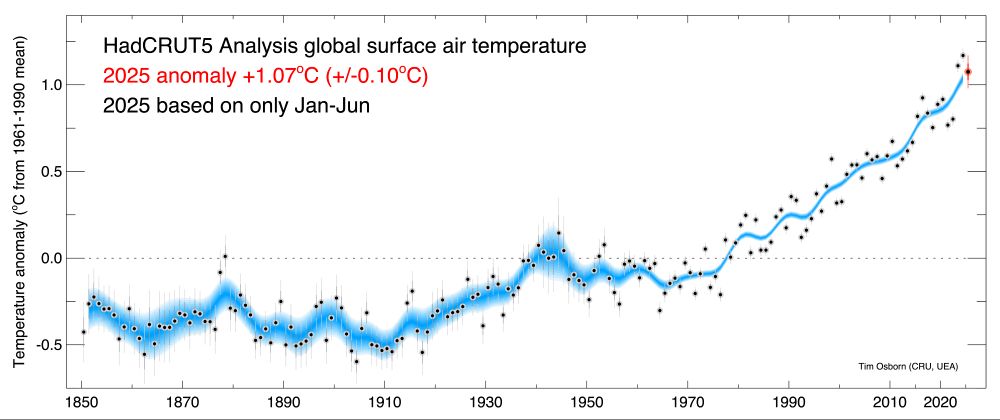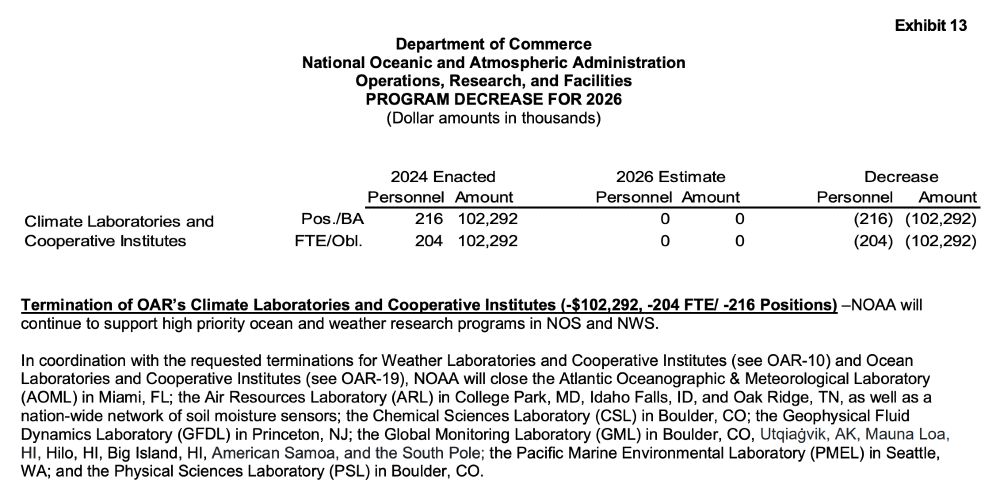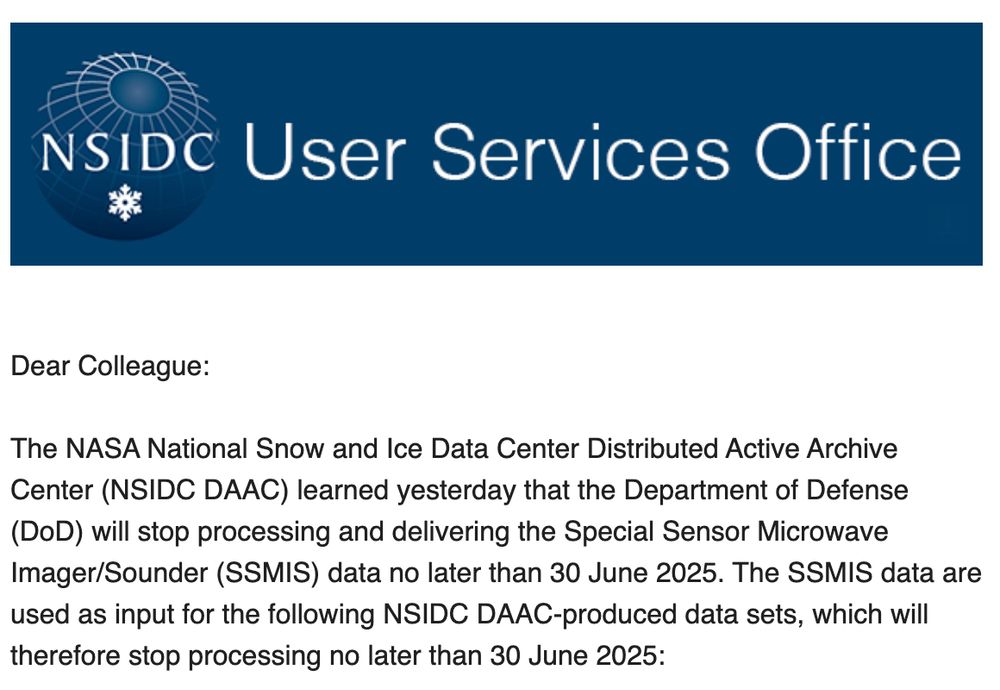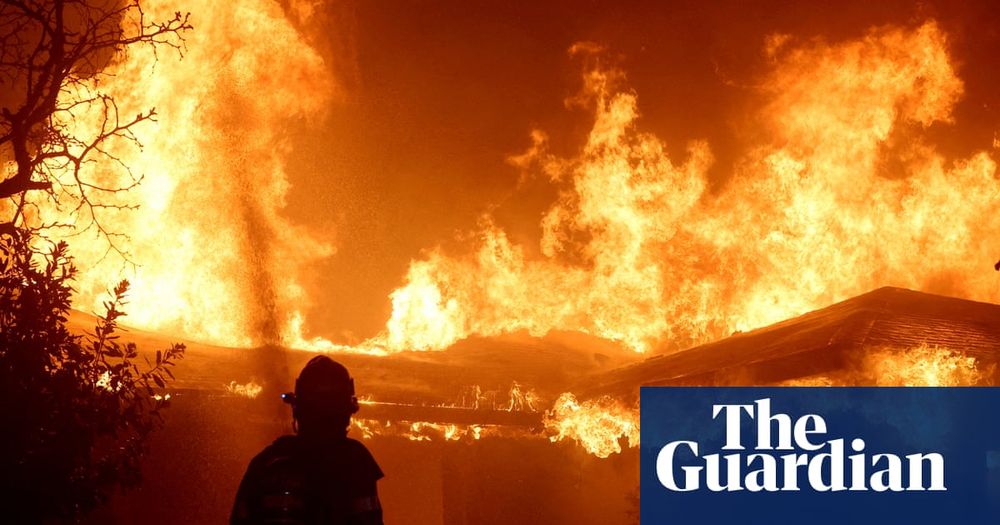Posts
Media
Videos
Starter Packs
Reposted by Elizabeth Kent
Reposted by Elizabeth Kent
Reposted by Elizabeth Kent
Reposted by Elizabeth Kent
Reposted by Elizabeth Kent
Reposted by Elizabeth Kent
Reposted by Elizabeth Kent
Elizabeth Kent
@lizk40.bsky.social
· Sep 3
Reposted by Elizabeth Kent
Elizabeth Kent
@lizk40.bsky.social
· Sep 3
Reposted by Elizabeth Kent
Reposted by Elizabeth Kent
Reposted by Elizabeth Kent
Robert Dunn
@rjhd2.bsky.social
· Aug 15
Reposted by Elizabeth Kent
Reposted by Elizabeth Kent
Reposted by Elizabeth Kent
Reposted by Elizabeth Kent
Reposted by Elizabeth Kent
Reposted by Elizabeth Kent
Reposted by Elizabeth Kent
Reposted by Elizabeth Kent
Reposted by Elizabeth Kent
Reposted by Elizabeth Kent























